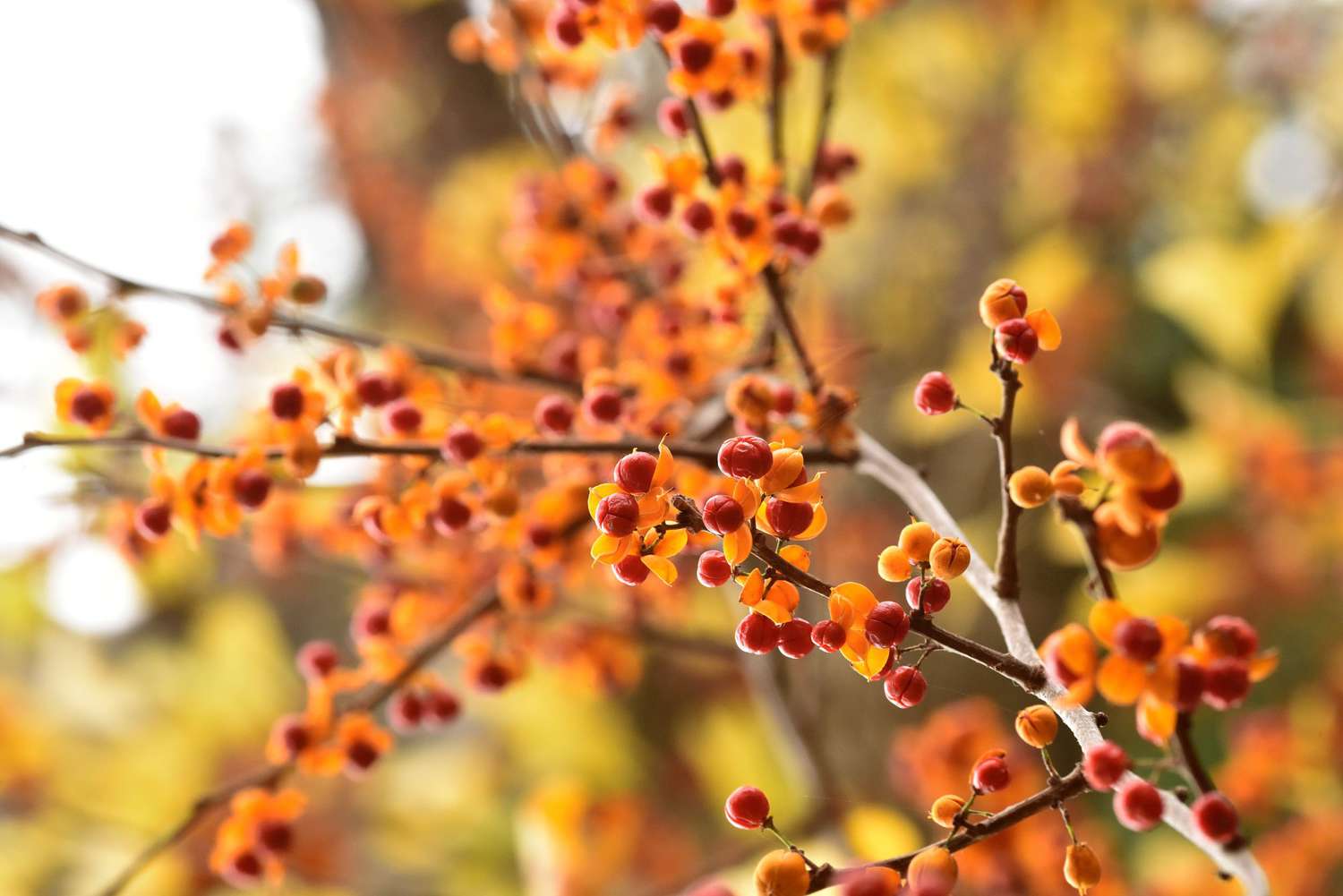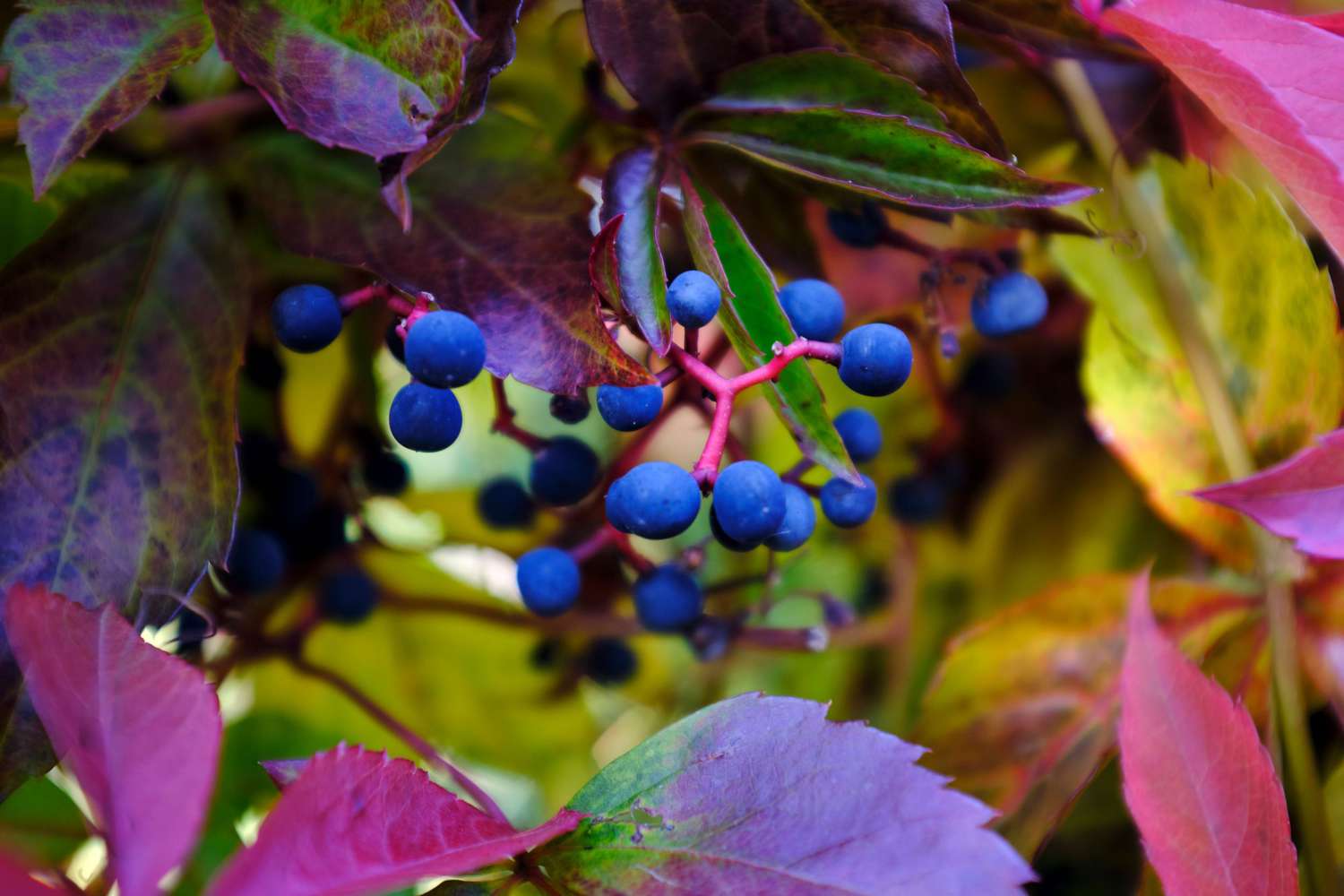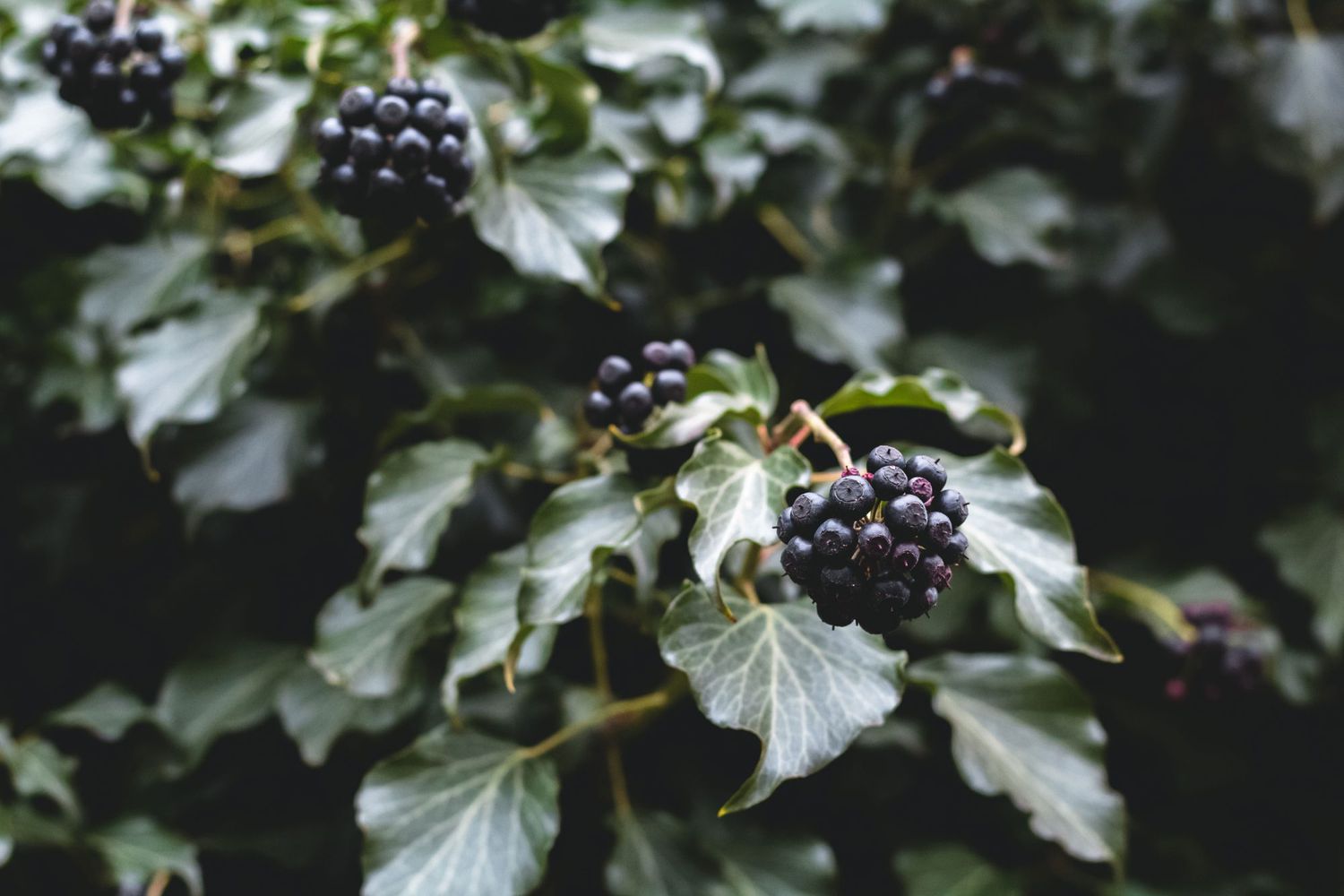Berries are a mainstay of Southern tables in the summer. They show up in cobblers, muffins, cakes, bars, trifles, and pies, on cheeseboards, in drinks, and even salads. Those lucky enough to have a little garden can grow blueberries, strawberries, or blackberries to be eaten straight away or pickled, jammed, or frozen for use all year round. Gardeners do need to be a little cautious, though, because not all berries that pop up in a garden are edible. In fact, some weeds produced berries that are downright toxic. In fact, the folks at Poison Control recommend teaching children to avoid eating wild berries entirely until they are old enough to know the difference.
Here are some weeds and their beautiful berries that should be avoided by humans, although birds may enjoy the berry buffet:
Pokeweed
These pretty plants, which are also known as poke root and pokeberry, have shiny berries, magenta stems, and delicate white flowers, but they are dangerous from root to leaves. Not only are the berries toxic, but the plant itself is harmful, invasive, dangerous, and difficult to eradicate.

Cotoneaster
These plants can provide a bright splash of color in a winter garden. While birds love the berries, they are toxic for humans, particularly if ingested in large amounts with side effects including trouble breathing and seizures.

American Bittersweet
This tall, woodsy plant bursts into greenish white flowers in spring and erupts in orange-yellow berries in fall. The berries make gorgeous additions to fall wreaths and dried flower arrangements. While their colorful berries are pretty, eating them can cause serious stomach upset.

Horsenettle
This plant has purple or white flowers and a yellow fruit in a papery shell that looks an awful lot like a tomatillo or cherry tomato. That berry should not be eaten and, in fact, if touched can cause a rash.

Belladonna
The dark purple, bell-shaped flowers are pretty, but according to the Missouri Botanical Garden, it’s leaves, roots, and berries are all highly toxic. In fact, it is one of the most toxic plants in the entire hemisphere.

Holly
While this plant is a symbol of the holidays, the berries are, in fact, very toxic to both humans and dogs. There is nothing festive about severe nausea, vomiting, and other stomach upset.

Virginia Creeper Berries
These climbing vine berries look a bit like grapes, but they contain toxic amounts of a compound called calcium oxalate that can destroy your kidneys. If that’s not enough to warn you off, according to Poison Control, the berries can irritate the mouth and throat.

Ivy Berries
Ivy is either an obnoxious invasive species or a great addition to a garden. Either way, when it sprouts berries, whether purple-black or orange-yellow in color, stay clear. While birds are big fans of the fruit, in humans they may cause nausea, vomiting, and stomach cramps.
Was this page helpful?
Thanks for your feedback!
Tell us why!